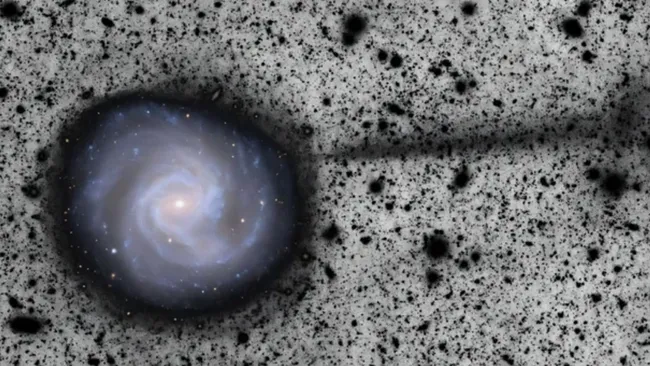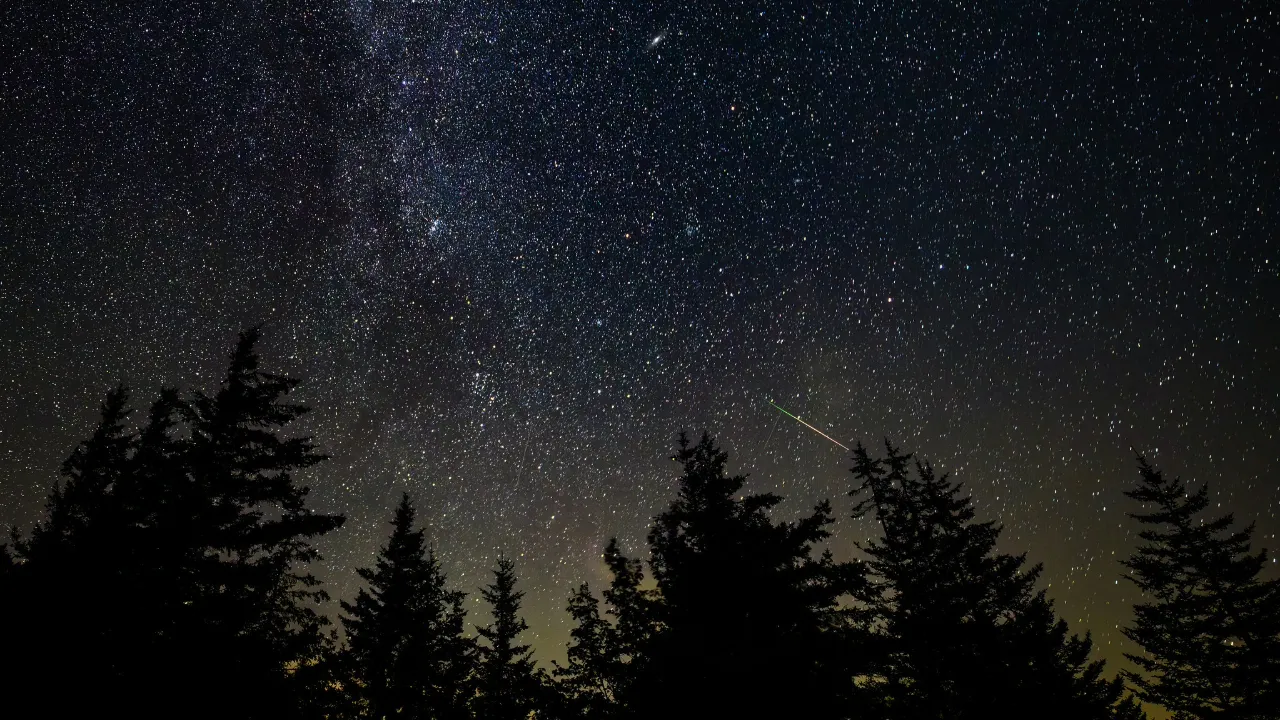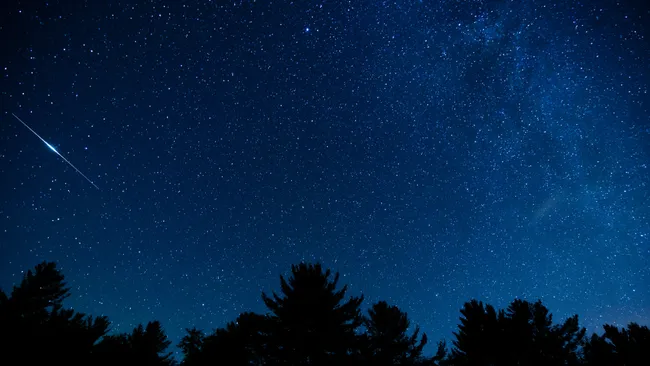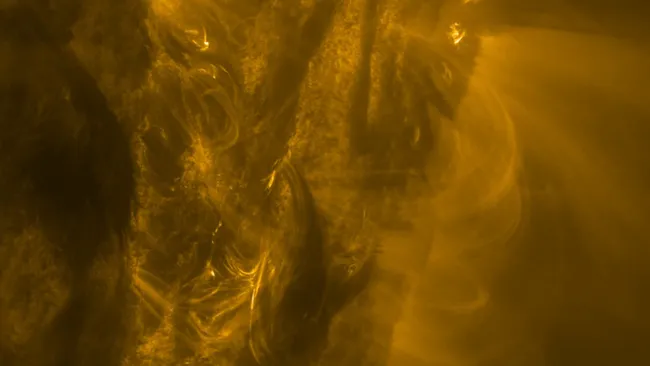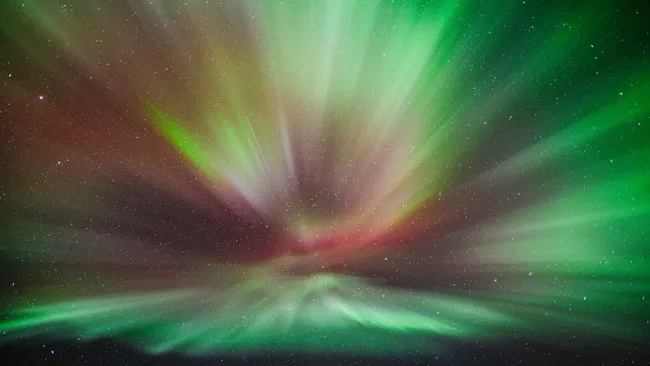Despite still not being fully operational, the Vera C. Rubin Observatory is already making significant astronomical breakthroughs. The observatory, which boasts the world’s largest and most sensitive digital camera, the 3.2-gigapixel LSSTCam, recently enabled astronomers to discover a remarkable stream of stars wrapped around the distant Galaxy Messier 61 (M61).
This massive stream spans 10,000 light-years wide and is approximately 170,000 light-years long—a length that surpasses the visible width of our entire Milky Way, which is estimated to be about 100,000 light-years wide.
The discovery team believes that this stream of stars is the remnant of a dwarf galaxy that was cannibalized by Galaxy Messier 61 (M61), and whose gravitational forces are now causing turbulence at the heart of this spiral galaxy. The sheer size of this stellar stream, or “tidal tail,” and the fact that M61 (also known as NGC 4303, located around 55 million light-years away) is well-studied, make its previous undiscovery extraordinary.
“The M61 stream is actually relatively bright, and it is surprising that it hadn’t been noticed before, around such a nearby, well-known galaxy. It has a brightness around 100 million times that of the sun. I think this highlights the difficulty of detecting even the brighter streams, as special equipment and techniques are needed,” discovery team member Aaron J. Romanowsky of San José State University told Space.com. “The discovery of this stream also highlights how much is still unknown about the life histories of galaxies, how the hidden universe shapes the realms that we can see.”
A Galactic Storm in M61
Galaxy Messier 61 (M61) is a barred spiral galaxy, meaning its structure is similar in morphology to the Milky Way. Like our home galaxy, M61 also hosts a supermassive black hole at its center. However, while the Milky Way’s black hole is quiet and dormant, the supermassive black hole at the heart of M61 is actively feeding, blasting out powerful outflows of matter.
“M61 is a spiral galaxy that is like our own Milky Way, except it hosts a ‘galactic storm’ of intense gas star formation feeding an eruption of its central supermassive black hole,” Romanowsky stated. “We now appear to have identified the culprit for this episode: a ‘stream of stars‘ that marks a disrupting dwarf galaxy whose gravitational forces in turn are shaking up M61.”
Romanowsky explained that this vast stream of stars is likely what remains of a dwarf galaxy that ventured too close to the much larger M61. This proximity subjected the dwarf galaxy to immense tidal forces that ultimately tore it apart.
“As smaller galaxies fall into bigger ones, they get ripped apart by gravitational tides, and this appears to be what is happening with the M61 stream,” Romanowsky added.
A Look Into the Future of the LSST
The cannibalization of dwarf galaxies in this manner is believed to be a major factor in how massive galaxies like the Milky Way and M61 grow. This means the team expects the Vera C. Rubin Observatory to deliver many more previously hidden universe streams of stars flowing around massive galaxies when it begins its ten-year mission, the Legacy Survey of Space and Time (LSST).
“We are expecting that when Rubin obtains very deep imaging of galaxies, we will see them surrounded by a faint network of stream of stars,” Romanowsky concluded. “The discovery of the stream shows the excellent characteristics of Rubin for making such observations, and points to a rich future of similar discoveries as vast areas of the sky are mapped out.”
The team’s research is currently available on the paper repository site arXiv.

